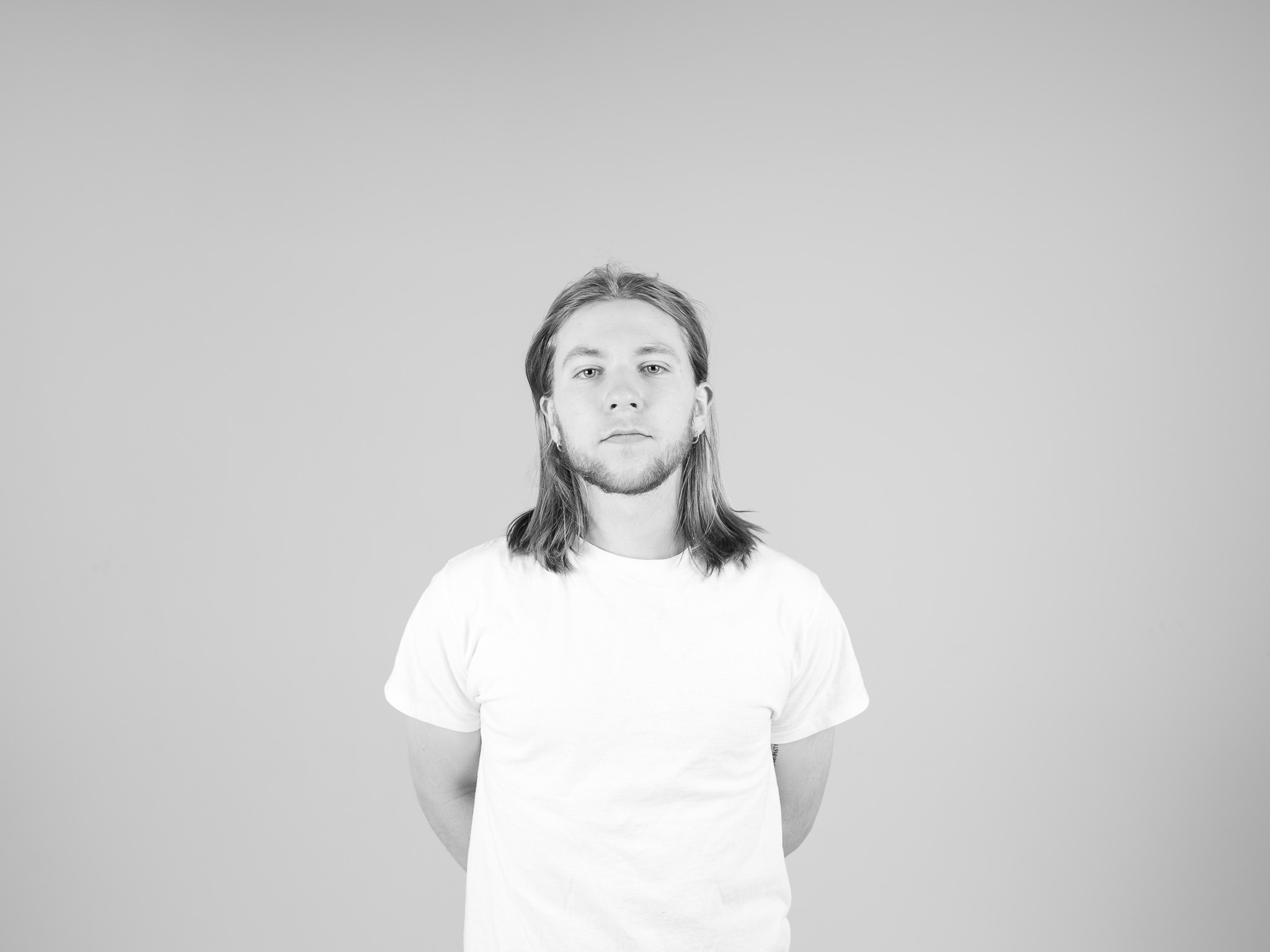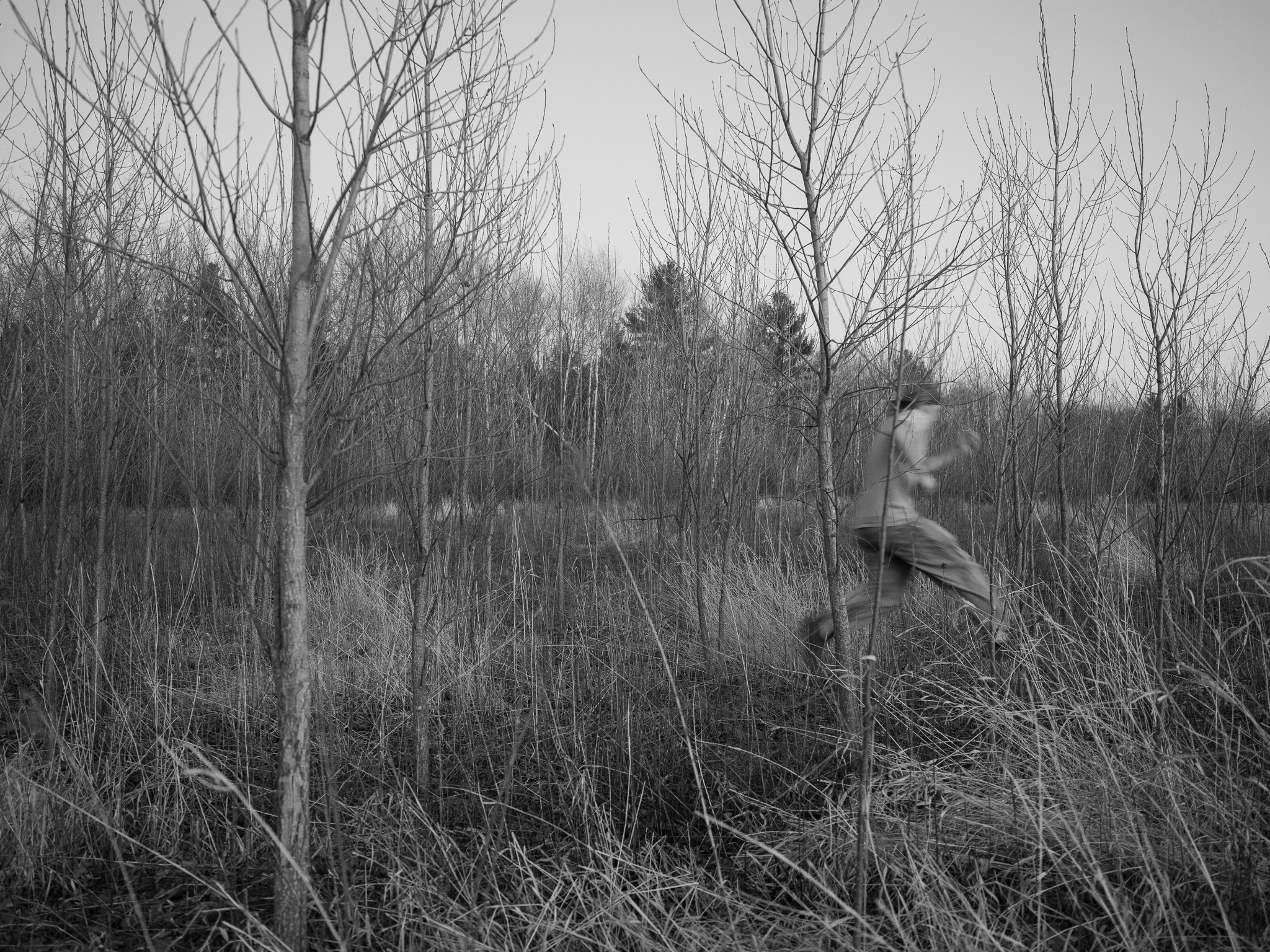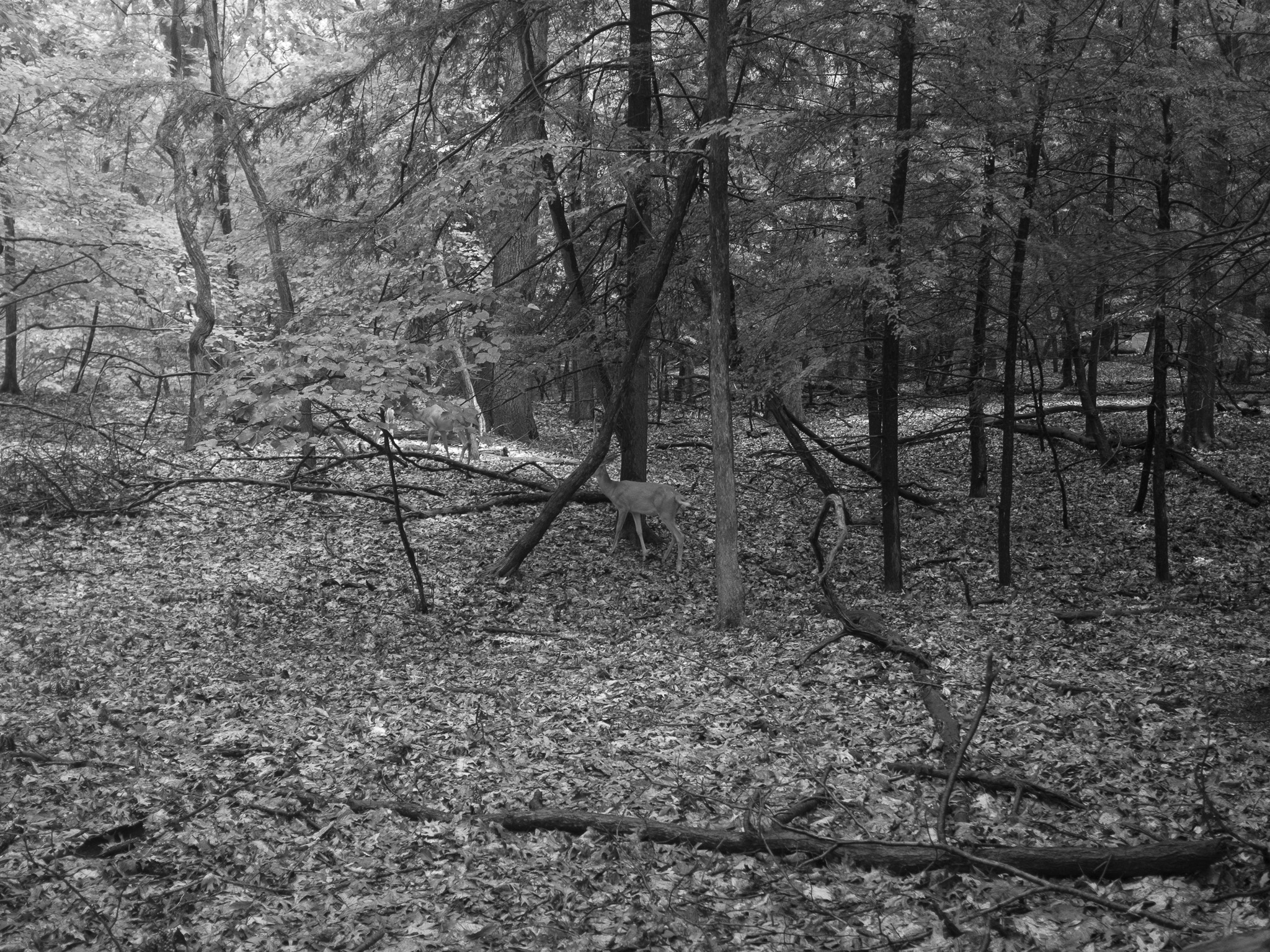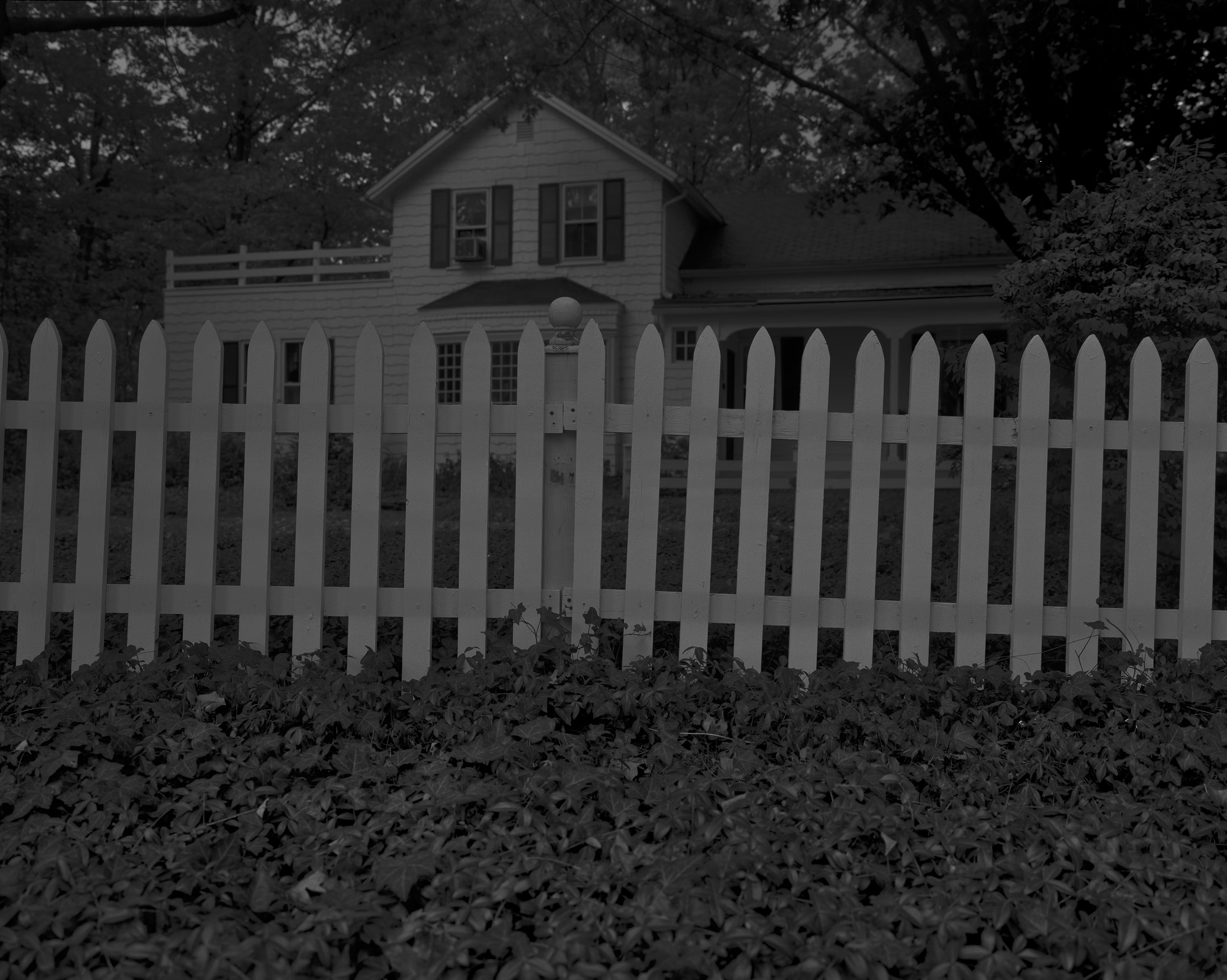
Jaeden Hannus is a fourth year undergrad in the photo department at SAIC. His solo exhibition, Self Portrait as a Wisconsin Man, is on view through the 15th.
What’s your earliest art memory?
I think my introduction to art was through my mom. We had a “craft room” in our house growing up, and she always used to get ideas off of Pinterest of things to make. I was drawing, we were doing a lot of papier-mâché, we played with Play-Doh, and the materiality of everything we worked with was really interesting to me. I didn’t really make images at that point, but my mom did have a camera around the house, and that was really informative, watching her take pictures of me.
How does poetry influence your photography practice?
Poetry is actually very new to me. I’ve been saying that I found poetry through photography rather than the other way around, as sometimes people approach their work through poetry. I found poetry through making photographs and then trying to interpret them for myself. All of this work has been very personal, it’s been stemming from my personal narrative, my familial narrative, my subconscious, so after I make the images it’s very exciting for me then to see what I’ve made and try to interpret them, and for me poetry’s been the best way to do that.
Your work is not self portraiture in the traditional sense, but rather a rendering of the land you grew up in through your personal experiences with masculinity and memory. How did you arrive at this body of work? Did the concept come first or did the images?
I think the images came first, but also the concept has been, like, my whole life. I feel like I’ve been ruminating on all of these ideas since youth. I think they’ve just been coming to the surface through making these pictures. Going back home since I’ve been in school has been very interesting because I’m able to look at “home” critically for the first time, where I wasn’t able to see it clearly growing up there. So since being in school and since I’ve been studying with Lali Khalid and taking her self-portrait classes, I’ve been able to have some clarity on my lived experience at home and what home means to me.

Concrete feet in the summer heat | 2025 | Inkjet print on glossy film, birch plywood, LED lights | 9″ x 12″ x 4″
Do you keep an archive of your early work even if it doesn’t speak to you anymore? What’s it feel like to look at photographs taken by your younger self?
I’ve lost a lot of my archives, sadly. I had a lot of hard drives crash and I was very irresponsible with backing them up, but I do have a pretty extensive archive of pictures I took in high school. I really started to get into photography when I was about 14, 15, and it’s very interesting to look back at those pictures now. Especially how I was photographing around home versus how I photographed home returning there now, and I saw myself trying to make home something that it wasn’t. I was always yearning to leave home, so I was making these pictures that made home look like a bigger city or a more beautiful landscape. I was so determined to make home not look like home and now I’m doing quite the opposite.
What’s the worst piece of advice you’ve ever been given?
I’ve gotten a lot of bad advice as far as sticking to photography’s rules. I’ve gotten advice to print pictures the same size and install them neatly in a row as has been historically done in photography. I think that’s just not very interesting. I’ve been thinking a lot about how the hang of images can implicate the body of the viewer. Especially with this work, I’ve been thinking about how I contort my own body back home to blend in or to kind of survive. So contortion has definitely been at the top of my mind. And as far as the images in the show that are hung lower, it’s been very exciting to see people adjust their posture or crouch down on their knees to view it.

White-tailed Deer | 2025 | Inkjet print on glossy film, birch plywood, LED lights | 9″ x 12″ x 4″
How do you deal with self-doubt?
That’s tough. The idea of the self is for sure something I’m thinking about a lot as I’m working with self-portraiture. So I think this work allows me to analyze the self in a detached way. Kind of like, the work is about me, but it’s not me entirely, it’s this sort of masquerade of myself. In that regard, I think I’m able to see self-doubt from a third person point of view. So I think I’ve learned to really trust self-doubt in an appropriate, critical way. Like, if my self doubt is telling me “this is terrible,” then I trust that it is terrible and I change it… and I don’t stop until that voice says it’s good enough, I guess.
What was the last book you read? How’d you like it?
Right now I’m reading Braiding Sweetgrass by Robin Wall Kimmerer, and it’s incredible. It’s a very poetic mix of indigenous and scientific knowledge of land. I’ve been approaching land so much as a reflection of place and identity, but approaching it through ecology has been really exciting to me. With this recent show being so much about land, I’m really interested in what land means both scientifically and spiritually. For example, I photographed a swan in this show, and I’ve learned that swans are not a native species and are actually very harmful to local plant and wildlife in Wisconsin. So it’s interesting to consider the swan from its symbology, but to also consider its ecological impact in that landscape.
If the Art Institute was on fire and you could only save one artwork, which one would it be and why?
I think I would save one of Dawoud Bay’s Night Coming Tenderly, Black images. They’re these very beautiful large format images and they’re framed so gorgeously. They have such an incredible impact on the body of the viewer as you look at it, it’s so overwhelming. They were on view last spring and it left an incredible impression on me.

Dawoud Bey | Untitled #1 (Picket Fence and Farmhouse) | 2017
Interviewed by Eugenio Salazar Castro
